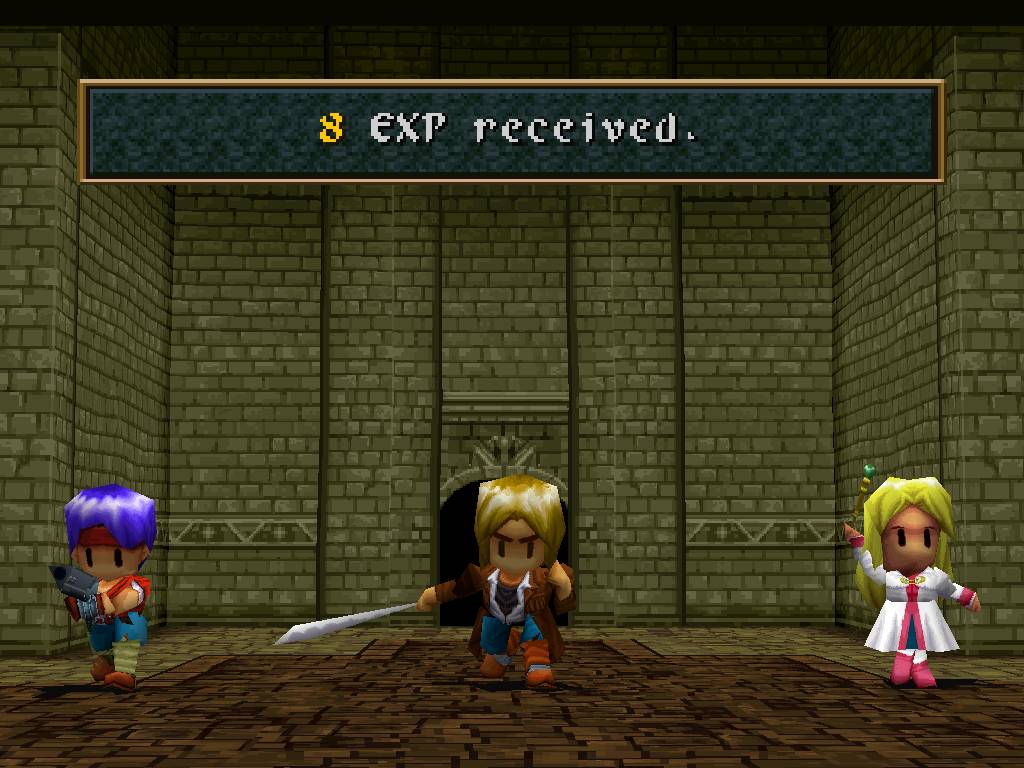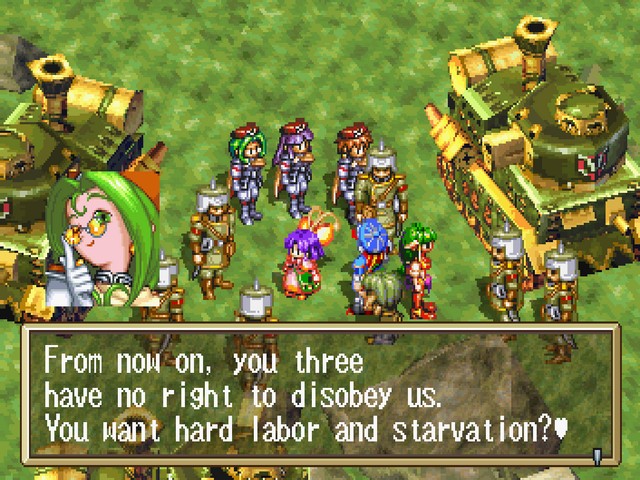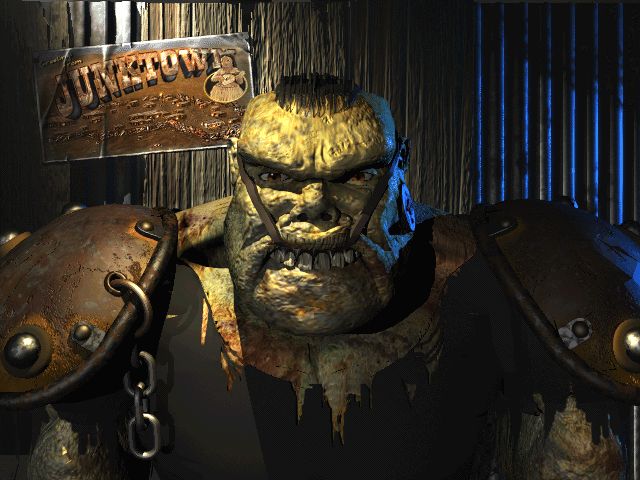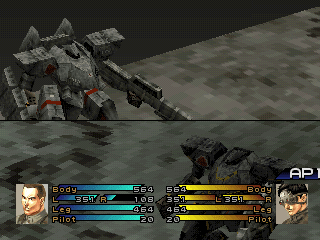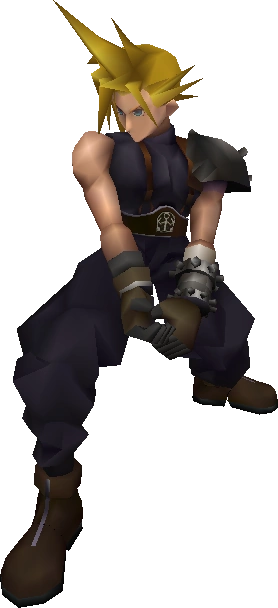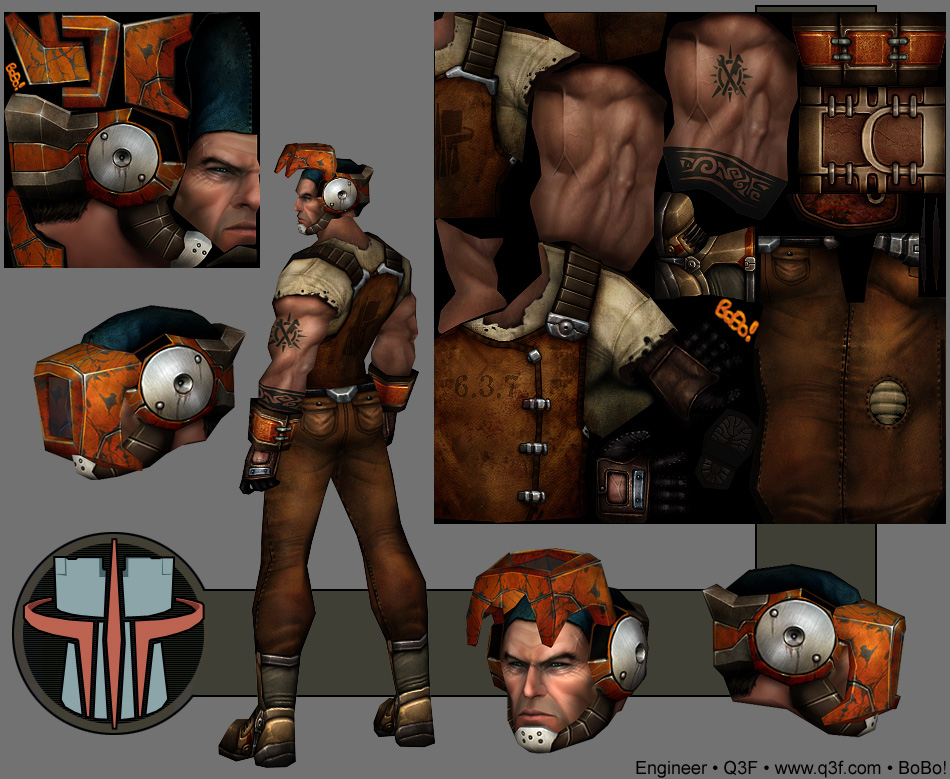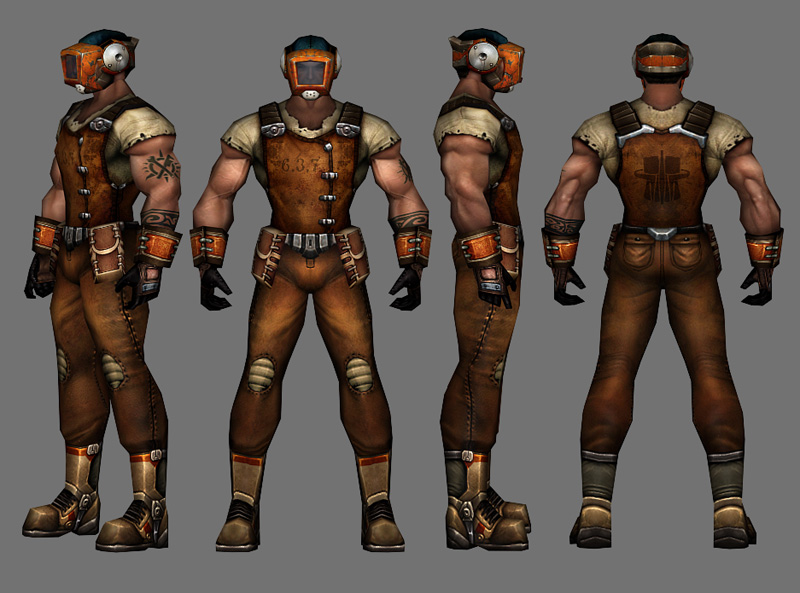Hi Era.
I sometimes want to visualize how something we have come to value so much, was actually built. I enjoy all "making of" documentaries, but I LOVE the ones that actually go into the nitty gritty detail (Detailed view vs regular High Level view).
However, sometimes even detailed google search and online references fail to answer very specific things from some of my favorite games.
I´m starting this thread to finally attempt to answer my own personal questions, and so that you can also add to it. In this case, I'm interested in particular 3D and 2D models (how did they build them, who actually build them, what was the tech behind it, etc.)
I'm interested in knowing who did the 3D model, what tool did they have to use at the time, as well as overall impressions of the final result (I'm particularly impressed at how clean all FFVII battle models look, as well as Ocarina and Xenogears models that show more detail that you would expect at such low-poly values)
Samples:

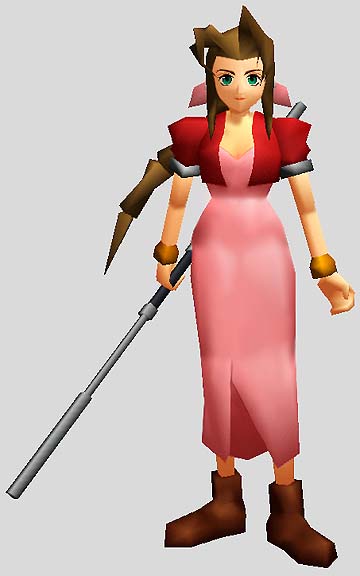
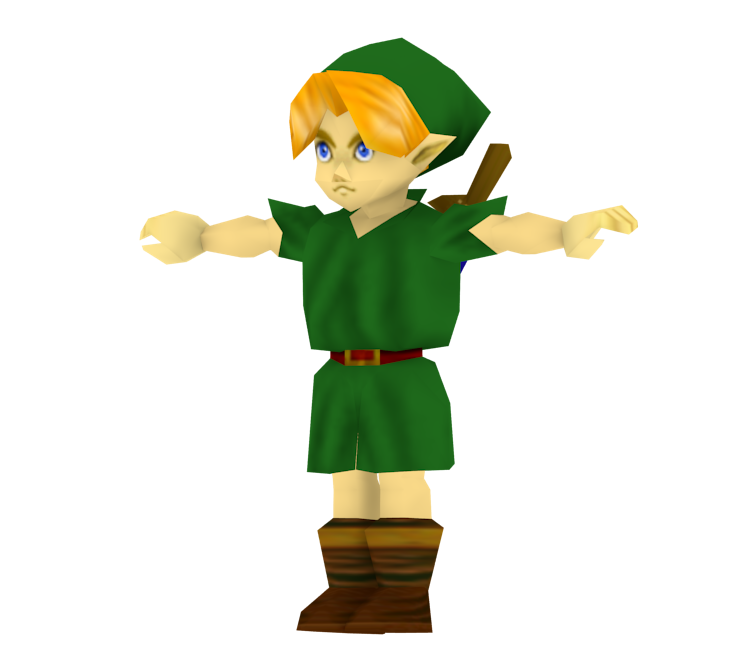

/Update%2012/8-caves14.jpg)
/Update%2013/55-bal61.jpg)
This is my first thread, hope you find it interesting, as I'm fascinated by the details of the subject.
I sometimes want to visualize how something we have come to value so much, was actually built. I enjoy all "making of" documentaries, but I LOVE the ones that actually go into the nitty gritty detail (Detailed view vs regular High Level view).
However, sometimes even detailed google search and online references fail to answer very specific things from some of my favorite games.
I´m starting this thread to finally attempt to answer my own personal questions, and so that you can also add to it. In this case, I'm interested in particular 3D and 2D models (how did they build them, who actually build them, what was the tech behind it, etc.)
- Final Fantasy VII (1997) 3D characters= "lego people" and detailed "battle models". Builder: unknown. Definition/Approver: Tetsuya Nomura?
- Xenogears (1998) 3D models = gears, ships. Builder: unknown. Definition/Approver: Edit: unknown, some chars illustrator: Kunihiko Tanaka
- Ocarina of Time (1998) 3D characters = Builder: unknown. Definition/Approver: Yusuke Nakano?
- Fallout 1 (1997) 2D sprites and CGI Power Armor and humans. Builder: Tramell Isaac. Definition/Approver: Leonard Boyarsky
I'm interested in knowing who did the 3D model, what tool did they have to use at the time, as well as overall impressions of the final result (I'm particularly impressed at how clean all FFVII battle models look, as well as Ocarina and Xenogears models that show more detail that you would expect at such low-poly values)
Samples:


/Update%2012/8-caves14.jpg)
/Update%2013/55-bal61.jpg)
This is my first thread, hope you find it interesting, as I'm fascinated by the details of the subject.
Last edited:




